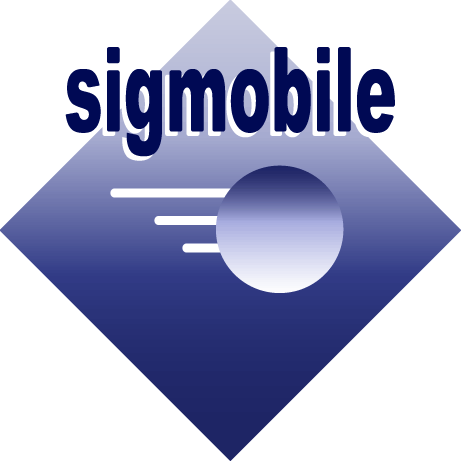"Edge computing" is new paradigm in which the resources of a small data center are placed at the edge of the Internet, in close roximity to mobile devices, sensors, and end users, and the emerging Internet of Things. Terms such as "cloudlets," "micro data centers," and "fog" have been used in the literature to refer to these small, edge-located data centers. They all represent counterpoints to the theme of consolidation and massive data centers that has dominated discourse in cloud computing.
The edge of the Internet is a unique place. Located just one wireless hop away from associated mobile devices, it offers ideal placement for low-latency offload infrastructure to support emerging applications such as augmented reality and wearable cognitive assistance. It is an optimal site for aggregating, analyzing and distilling bandwidth-hungry sensor data from devices such as video cameras. In the Internet of Things, it offers a natural vantage point for organizational access control, privacy, administrative autonomy and responsive analytics. In vehicular systems, it marks the junction between the well-connected inner world of a moving vehicle and its tenuous reach into the cloud. New challenges and opportunities arise as the consolidation of cloud computing meets the dispersion of edge computing. SEC 2016 is a new conference that focuses on them.


















